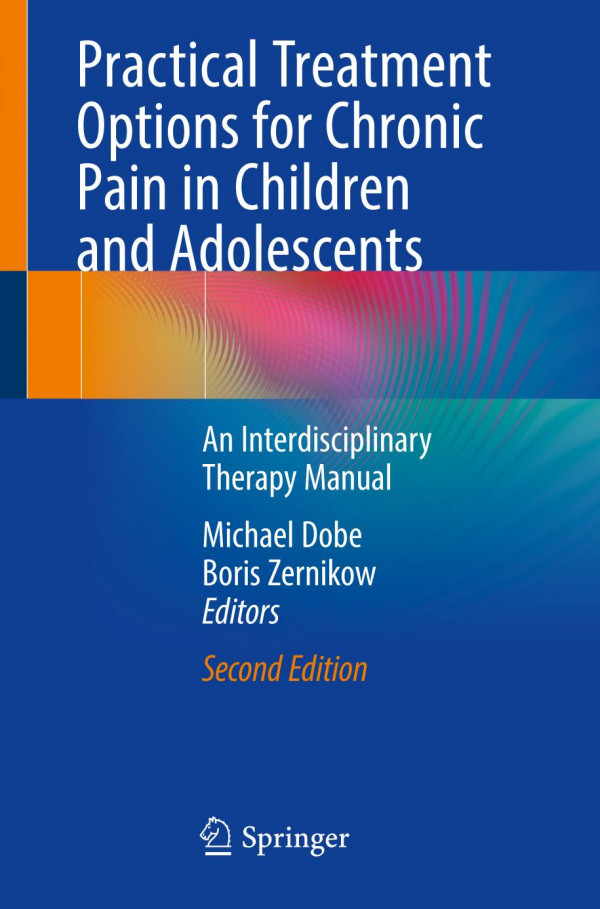

Most ebook files are in PDF format, so you can easily read them using various software such as Foxit Reader or directly on the Google Chrome browser.
Some ebook files are released by publishers in other formats such as .awz, .mobi, .epub, .fb2, etc. You may need to install specific software to read these formats on mobile/PC, such as Calibre.
Please read the tutorial at this link: https://ebookbell.com/faq
We offer FREE conversion to the popular formats you request; however, this may take some time. Therefore, right after payment, please email us, and we will try to provide the service as quickly as possible.
For some exceptional file formats or broken links (if any), please refrain from opening any disputes. Instead, email us first, and we will try to assist within a maximum of 6 hours.
EbookBell Team

5.0
100 reviewsPain is an increasingly common symptom in children and adolescents. Once recurrent pain leads to pain-related disability that affects a child’s functional, emotional and social well-being, it is considered a chronic pain disorder. Such disorders can develop as the primary condition or be due to a well-defined underlying physical condition, such as migraine or juvenile idiopathic arthritis. Approximately 5% of the paediatric population suffers from a severe chronic pain disorder. Its treatment in childhood and adolescence is complex and needs to address a variety of biological, psychological and social influencing factors.
This treatment manual describes the inpatient treatment programme of one of the world’s largest inpatient treatment facilities for chronic pain management in children and adolescents – the German Paediatric Pain Centre. The guidance provided is also applicable to outpatient pain management or day-hospital approaches.
The manual examines the epidemiology, aetiology, diagnostics and treatment principles in detail, explains the criteria for inpatient treatment, and describes the structure and organisation of a tertiary treatment centre for chronic pain. It also presents therapeutic interventions, such as dealing with “Black Thoughts”, “Distraction ABC”, “Stress Day” and the “Pain Provocation Technique” with the aid of numerous examples of pain management and health care from a clinical perspective.
Lastly, it discusses the special features of pain treatment for children and adolescents with comorbid psychological disorders, family difficulties or defined somatic diseases, as well as pharmacological and interventional treatment options.